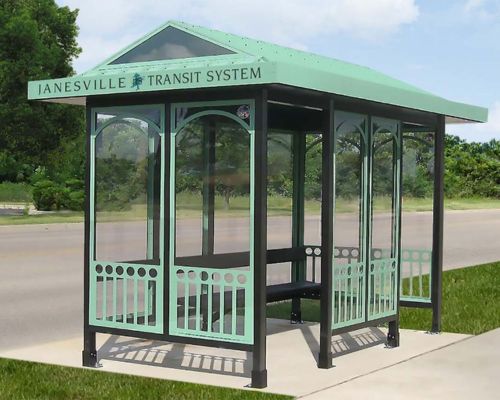
Public transportation, including school buses, is one of the most important and popular services in cities to get residents where they need to be. It is important to know visibility rules and safety guidelines to prevent accidents and protect yourself on public transport.
You should be careful while waiting for your bus because the drivers can’t see around blind spots or stop abruptly. Learning how big the danger zone around a bus will help you maintain your distance and keep yourself and your travel buddies.
What Is the Danger Zone?
The danger zone refers to the area around a bus where the driver can’t see people or other vehicles when driving or parked. The driver is aware of these blind spots and will take extra precautions, but passengers must also be aware of them to prevent accidents. This zone extends to many areas around the bus and includes bus stops and stations.
The long bus design makes it challenging to have a clear view of every inch, and the height further restricts the driver’s vision. Safety is one of the main focuses for a successful ride on public transportation, and everyone’s awareness is just as important.
Danger Zone Distance
The danger zone around a bus is fairly large—about 10 feet in front of the bus. The nose, where the motor is, blocks the driver’s view. The danger zones on the sides of the bus are also 10 feet because the review mirrors have a limited field of vision, and the body of the bus could block the view.
Staying at least 10 feet away from the bus when it’s moving is essential for safety. You can picture this length by raising your arms in front of you and taking three to five big steps back.
Danger Zone Best Practices
Loading and unloading a bus can cause accidents because it involves various factors, including the attention of the driver on passengers and other drivers on the road. A bus stop shelter for every stop is essential for keeping everyone safe. These structures are easy to install, weather resistant, and provide consistent protection to commuters.
It is important to step in and out of the bus quickly, look out for traffic, and move away from the bus in order to be safe. You can go a step further by ensuring the driver can see you, increasing your safety when boarding and departing the bus.
